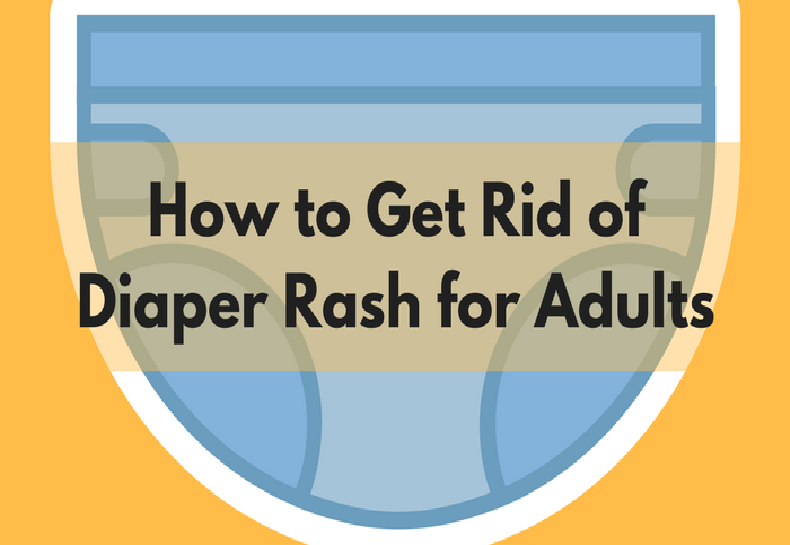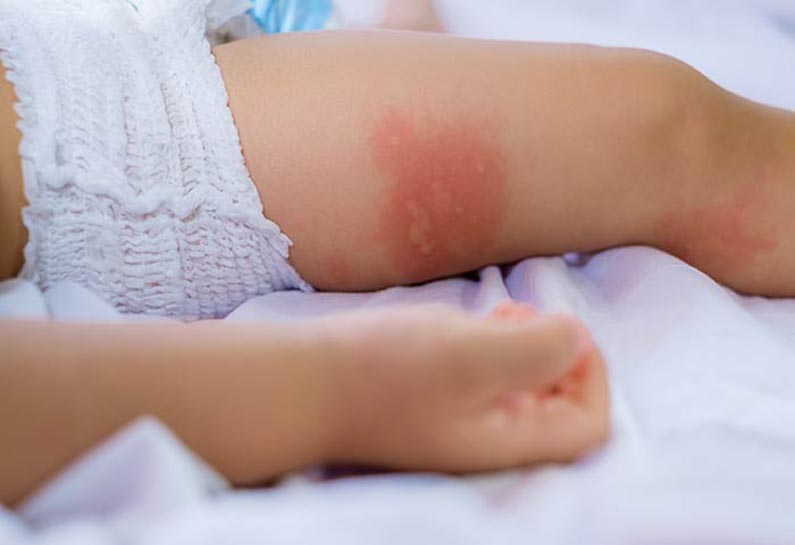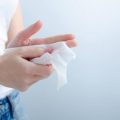Things you Should Know About Adult Diaper Rash
Diaper rash can affect anyone wearing diapers or incontinence underwear, including adults, infants, and young children. Symptoms in adults are the same as in infants and toddlers, and may include a pink to red rash, or peeling or inflamed skin. Diaper rash is usually caused by infrequent diaper changes and can be aggravated by chemicals in the urine and stool. It can also be caused by an allergic reaction, yeast, or fungal infection. Adult diaper rash is uncomfortable, but can usually be treated with over-the-counter (OTC) topical or prescription medications. Read on to learn more about this condition.
Symptoms of Adult Diaper Rash
Symptoms of adult diaper rash may include:
- Skin lesions
- Pink, dry skin in mild rashes
- Itching
- Burning
- Red, raw, irritated, or burnt-looking skin in more serious cases
The rash may appear on the buttocks, thighs, or genitals. It can also extend to the hip. In the case of a diaper rash caused by candida, or a rash caused by a yeast infection, symptoms include redness of the skin, a slight bump, and small red bumps in the main area of the rash. It can extend into the folds of the skin.

Common causes of diaper rash in adults include
- Skin irritation. This could be the result of rubbing the diaper on wet skin or prolonged exposure to chemicals in urine or feces.
- Allergic reactions. Older people who wear urinary incontinence underwear may be allergic to the perfume in the diaper material.
- Improper washing. Not washing the genitals carefully while bathing can cause a rash where the diaper is worn.
- Candida. Yeast infection is another common diaper rash in adults. This is because yeast grows in warm, dark, moist places. Frequent diaper changes can reduce the risk of this infection.
- Fungal infections.
How to avoid diaper rash?
Diaper rash is something most people who wear absorbent underwear experience at some point.
The good news is that there are ways to prevent it from happening. The first step, Ingber says, is to change the diaper every four to six hours, or when it's soiled. Ingber says our biggest concerns about adult incontinence are pressure sores, skin irritations, infections and uncomfortable diaper rash. That's why it's important to minimize skin contact with wet nappies to prevent discomfort and skin breakages. Maintaining healthy skin is another key to preventing diaper rash.
Dr. Ingber recommends using a mild soap like Dove, or simply rinsing the affected area with warm water and patting it dry. If the skin stays moist, it can be a breeding ground for yeast and bacteria, he says. Protective agents such as diaper rash cream containing zinc oxide can also help prevent diaper rash.

How to treat diaper rash at home?
In most cases, you can treat a mild diaper rash at home with over-the-counter medications. Dr. Mehran Movassaghi, a urologist at Providence Saint John S Health Center, says Destin and other antifungal creams (made for yeast infections) are effective in treating diaper rash. Products containing zinc oxide work well against rashes. To effectively treat diaper rash, Movassaghi recommends changing diapers frequently, whenever stools are available and using an anti-fungal powder to keep diapers dry and reduce fungal infections. Mild itching is common in diaper rash, but if it doesn't improve, we worry that patients will scratch an infected rash or damaged skin, Ingber said.
In conclusion
Finding the right adult diaper or absorbent underwear for your needs may avoid some trial and error. Once you've found your mate, it will be much easier to stay dry during the day and night. If you are still not sure which kind of diaper is best for you, or you have any problem with diaper rash, contact Yeesain experts for more helpful suggestions.




